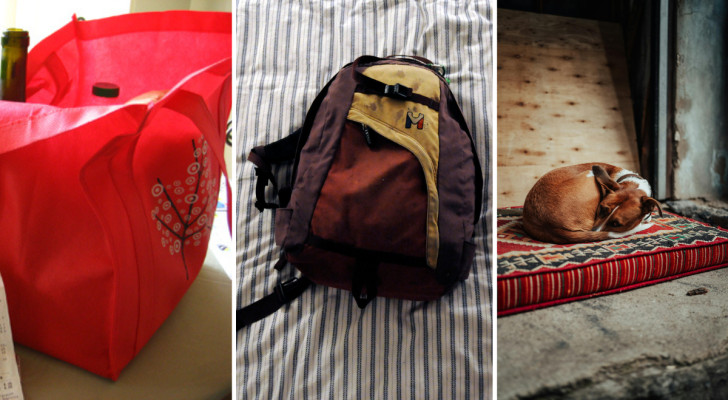Refrigerator and freezer: the golden rules for storing food avoiding waste of energy
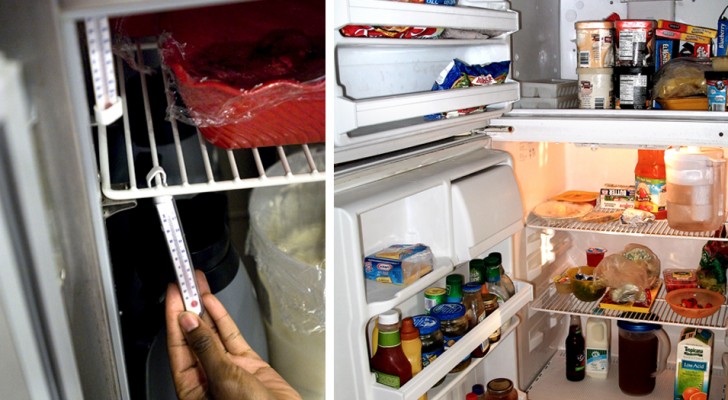
In any home there are appliances that you really cannot do without, namely the refrigerator and the freezer, two fundamental appliances for the correct preservation of food, and without which it would be almost impossible to obtain supplies.
Although they are so widespread and although it is not so rare to have them occasionally repaired or even replaced, still today they are not used correctly: in fact, simple but very important rules are often ignored to ensure their correct functioning and consequently also compromise the method. of food preservation, at least in part.
Below you will find a series of precautions that are useful to make refrigerators and freezers last longer, avoiding unnecessary expenses and above all ensuring that we preserve food in the best possible way.
Where to place them
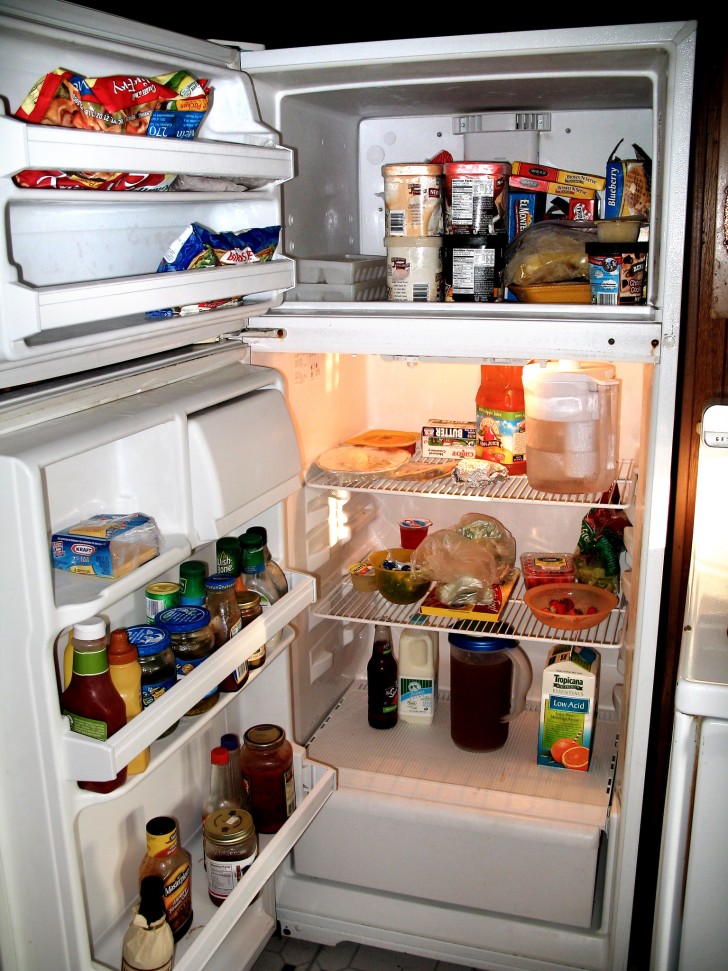
We all know that during the transport phase these appliances cannot be laid down, and that even once they arrive at the house it is important that they are placed perfectly level. But what about the best spot in the kitchen (or any other room) to install them in?
Since these appliances must generate a cold environment inside them, often with a significant temperature difference compared to the temperature of the house, it is necessary to avoid in every way to aggravate the cooling effort, so you must do your best to prevent them from being exposed to sources of direct heat. This means keeping them as much away from direct sunlight but also well away from radiators, ovens or air conditioners.
You shouldn't even put them completely against the wall, on the contrary guaranteeing a distance from it of at least 10 cm: in fact, the cooling fans are generally installed on the back that must not risk overheating, thus avoiding serious breakdowns of the appliance. Furthermore, even when they are detached from the wall, dust and fluff can accumulate on the condenser exposed on the back, which must therefore be vacuumed a couple of times a year so as not to overheat the piece (it is a convenient operation to do when defrosting, for example).
The precautions when in use
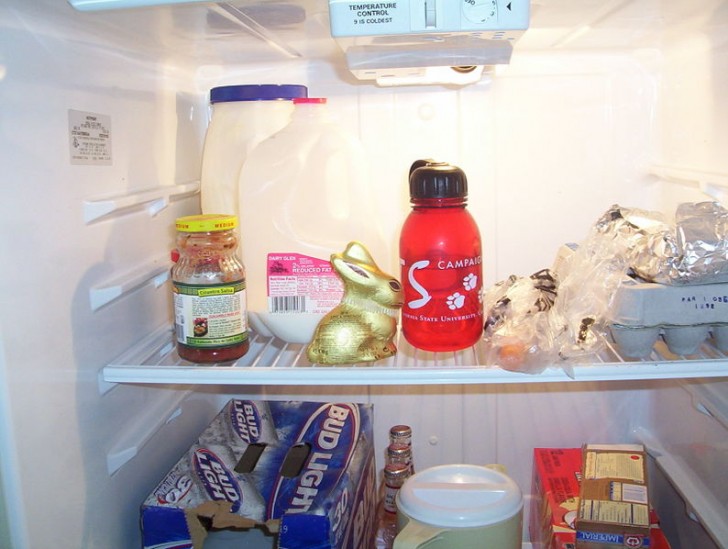
Also to prevent the fridge from having to work harder to restore the low temperature inside, it is necessary to avoid opening the door often, or keeping it open for a long time. This also applies to freezers, and in fact most modern appliances emit an audible alarm when it comes time to close. However, this does not mean that it is okay to keep them open until the alarm goes off: every time we let in hot air, in fact, we alter the internal conditions forcing the engine to restart to lower the temperature, instead of just having to keep it.
Another detail to pay attention to is the maintenance of the bellows seals on the doors: when they no longer adhere, they prevent the doors from closing properly, so the appliances are constantly under strain to cool the air that enters.
It is also often forgotten that food should only be placed in these appliances when it has completely cooled down.
As for the ideal temperature, it is around 4 degrees for the fridge (which can rise to 5 in winter or drop to 3 in summer), while in the case of freezers (or freezer compartments) it must be between a minimum of -21°C and a maximum of -18°C.
It is also important not to overload the fridge and freezer, filling them with food to the point that the air no longer circulates inside them: this often results in an environment that is too cold, deleterious for food but in the long run also for the refrigerator, which sometimes it produces an internal layer of ice to be eliminated. However, it is also true that the opposite excess, that is, keeping the refrigerator too empty, is equally deleterious: the foods inside create the thermal mass that helps the refrigerator maintain temperature. When it is empty, however, the system operates continuously to obtain the same result. So if you find yourself often empty of your fridge, perhaps you should replace it with a smaller one.
Remember to defrost these appliances at least once a year, and in any case when the layer of ice formed on the walls exceeds 5 mm.
If there is a power outage in the house, the doors must be kept closed, so as to help the appliances to work again when the electricity returns. Use the food in the pantry and the fridge will be able to keep the food inside fresh for hours: the fridge, in fact, manages to maintain the temperature for about 48 hours if it is full, and 24 if it is only half full.
Food storage: the optimal methods and hygiene rules to remember
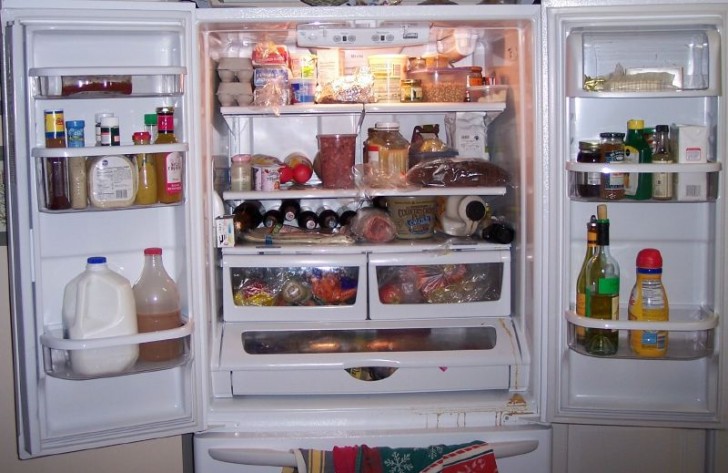
Food should be placed in the fridge or freezer always stored in airtight bags, or suitable plastic or glass containers. In the refrigerator, dry, non-fatty and alcohol-free foods can also be wrapped in cling film, while fatty foods are better to use aluminum foil (this is the case, for example, with cured meats). always use glass containers.
Modern refrigerators, then, indicate the type of food to be placed in the various compartments, in order to exploit the different areas (with slightly different temperatures) in an optimal way. However, there are also a series of useful guidelines in general regarding the correct arrangement of foods: in the upper part, which is the least cold, we can keep aged cheeses (inside the greaseproof paper for food or wrapped in a slightly moistened cloth , to prevent oxidation of the slices), while the freshest ones must be at the bottom where it is colder, usually above the vegetable drawers.
The lower shelves, above the vegetable and fruit drawers, are also those in which we can keep fresh meat or fish, for a maximum of two days. Fridge models that have the freezer compartment at the bottom, with its separate door, generally also have a 0 degree compartment in the lower part of the fridge itself, where we can keep all the foods we want to keep longer, including vegetables. and fresh pasta.
For eggs it is advisable to keep them on the central shelves and not on the door (where we can instead keep sauces and other preserves open, but also aged cheeses), in order to avoid them suffering greater temperature changes.
Among other hygiene rules, we must remember to keep raw foods separate from cooked foods as much as possible, and always make sure that no container drips the food inside. Furthermore, when you have to defrost foods, you should always do it in the fridge, without opening the container or bag that enclosed them until completely thawed. This prevents the formation of bacteria that could proliferate when we leave frozen foods in the open air or even just in the oven.
As regards the freezing of food in particular, the golden rule applies above all, according to which only foods that had not been previously defrosted can be placed in the freezer. In addition, for convenience, it is good to use methods that allow you to store food already divided into portions, so as not to have to defrost excessive quantities that would remain in the fridge for a long time, since what is defrosted should be consumed in a single solution.
When using sachets to freeze, another important precaution is to make them adhere to the food inside them, eliminating as much air as possible, and also remember to write on them what they contain and when they were frozen. Furthermore, since once frozen foods increase in volume, you must always leave space in their containers, avoiding that they break and the food comes out - anyone who has forgotten a bottle in the freezer will know this well.
Put these tips into practice and your appliances will last longer!

